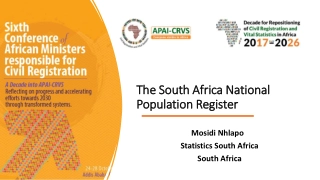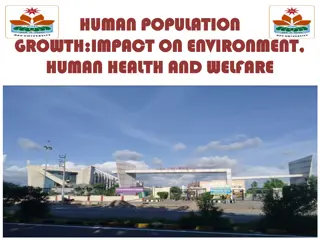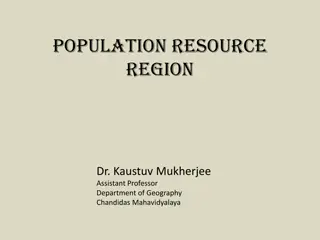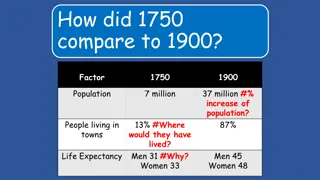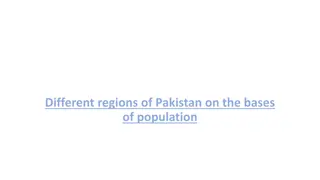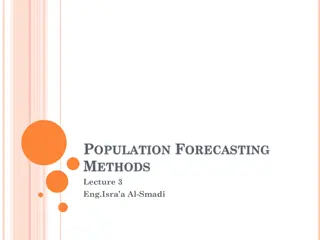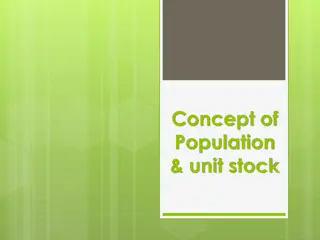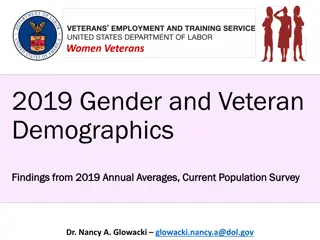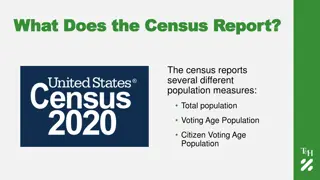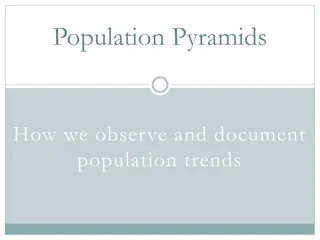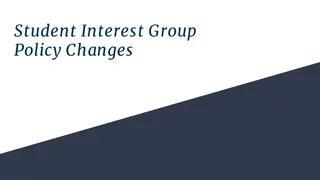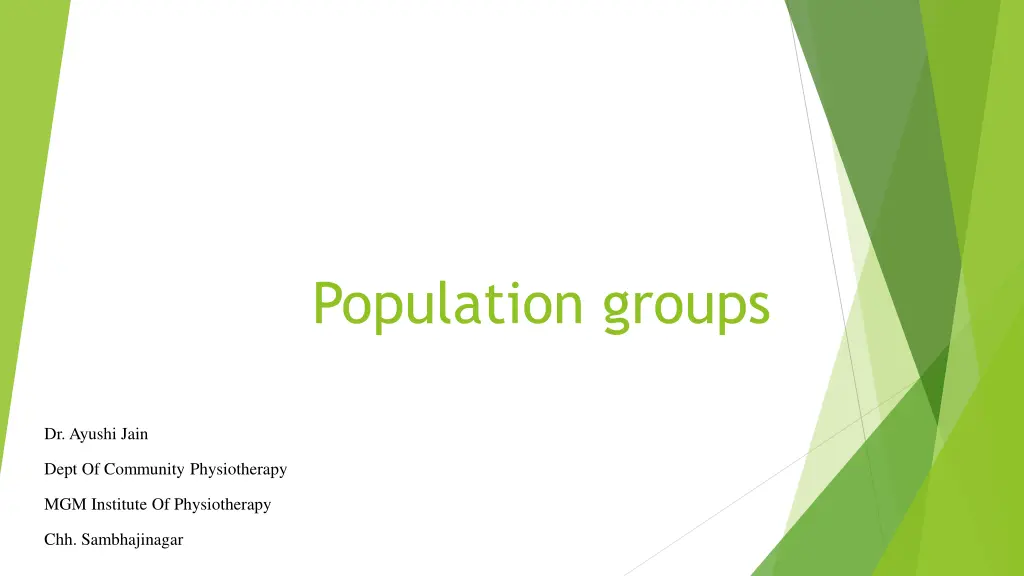
Understanding Street Children and Child Labour Issues
Explore the challenges faced by street children, including causes like poverty and abuse, along with issues related to child labour. Learn how societal factors contribute to these problems and the role communities can play in addressing them.
Download Presentation

Please find below an Image/Link to download the presentation.
The content on the website is provided AS IS for your information and personal use only. It may not be sold, licensed, or shared on other websites without obtaining consent from the author. If you encounter any issues during the download, it is possible that the publisher has removed the file from their server.
You are allowed to download the files provided on this website for personal or commercial use, subject to the condition that they are used lawfully. All files are the property of their respective owners.
The content on the website is provided AS IS for your information and personal use only. It may not be sold, licensed, or shared on other websites without obtaining consent from the author.
E N D
Presentation Transcript
Population groups Dr. Ayushi Jain Dept Of Community Physiotherapy MGM Institute Of Physiotherapy Chh. Sambhajinagar
Street children Child labour Juvenile delinquency Domestic violence Role of NGO, social support system
Street children Street children are poor or homeless children who live on the streets of a city, town, or village. Homeless youth are often called street kids or street child; the definition of street children is contested, but many practitioners and policymakers use UNICEF's concept of boys and girls, aged under 18 years, for whom "the street" (including unoccupied dwellings and wasteland) has become home and/or their source of livelihood, and who are inadequately protected or supervised.
The causes of this phenomenon are varied, but are often related to domestic, economic, or social disruption. This includes, but is not limited to: poverty; breakdown of homes and/or families; political unrest; acculturation; sexual, physical or emotional abuse; domestic violence; being lured away by pimps, internet predators, or begging syndicates; mental health problems; substance abuse; and sexual orientation or gender identity issues. Children may end up on the streets due to cultural factors.
For example, some children in parts of the Congo and Uganda are made to leave their families on suspicion of being witches who bring bad luck. In Afghanistan, young girls who are accused of "honor crimes" that shame their families and/or cultural practices may be forced to leave their homes this could include refusing an arranged marriage, or even being raped or sexually abused, if that is considered adultery in their culture. Children may also end up on the streets due to religious factors. For example, some children in the far-northern parts of Nigeria (referred to as the almajiris) are forced to leave their homes to be indentured under a mallam (Islamic religious teacher).
Child labour Child labour refers to the exploitation of children through any form of work that deprives children of their childhood, interferes with their ability to attend regular school, and is mentally, physically, socially and morally harmful.
The Child Labour (Prohibition and Regulation) Act, 1986 Prohibits children from working in certain occupations and regulates their conditions of work in others (including permitted working hours, rest and holidays). The Act lays down rules for those employing children as well as penalties for their unlawful employment. This Act, which defines a child as a person under 14, was amended by The Child Labour (Prohibition and Regulation) Amendment Act, 2016. The amendment prohibits the employment of children between 6 and 14 in any occupation or process (except two), and introduces the category of adolescents (those in the 14-18 age group), who are prohibited from working in hazardous occupations and processes that are defined in the Factories Act, 1948.
JUVENILE DELINQUENCY A juvenile delinquent is a person between the ages of 15 to 17, who indulges in anti-social activity
Causes social causes Defects of the family Parent child relationship Character and conduct of parent hat home Influence of siblings or criminal relatives
Defects in the school Next to the family, the child s personality is influenced by the school. Theft and sex crimes. Low intelligence level. Roaming outside the school (vagrancy) Criticism by parents and teachers. Gaining membership of a gang and criminals. Punishment by teachers. Weakness in some subject. Level of education is too high. Lack of companionship or influence of bad companion.
Influence of Cinemas or Movies Mass-media activities. Physical Abnormalities War and Post-war Condition Social Disorganisation Displacement Psychological Causes Personality Defects Economic causes
CONTROL OF JUVENILE DELINQUENCY Probation - Juvenile delinquents are kept under the supervision of a probation officer, whose job is to look after the delinquent, to help him in getting established in normal life and to see that the delinquent observes the rules of bail-bond. Reformatory institutions- To reform inmate delinquents, the institutions provide an all round personality development by sufficient means of separating the inmates by providing adequate facilities to meet the basic needs such as proper sanitary arrangements, water supply, food clothing and bedding for the inmates and vocational or industrial training. Certified Schools (Fit persons institution) 1. Junior school < 12-13 years of age. (Primary education) 2. Intermediate school 13-15 years of age. (Technical education) 3. Senior school between 15 to 17 years of age. (Industrial training)
Auxiliary Homes- These are attached to certified schools, here the delinquents are kept for sometime and studied by a social worker and then they are sent to the certified schools according to the nature and aptitude of a young offender. Foster Homes- These are specially for delinquent children of under 10 years of age, who cannot be sent to approved or certified schools unless the court is satisfied that they cannot be dealt with otherwise. These are generally run by voluntary agencies, aided by government. Uncared Children Institutions- The children in the pre-delinquent or near delinquent stage, who are mostly found in a state of destitution or neglect, are cared for. All over the country they are situated, managed by private philanthropists.
Reformatory School Borstal Institutions - Two types of borstal institutions 1. Open institutions: Open environment with no surrounding wall. 2. Closed institutions: Converted prison building where maximum security provided. Industrial training
Psychological Techniques Play therapy Finger painting Psychodrama
Government Measures Formal education. Vocational training in a number of trades is imported to the inmates. Certified, reformatory and borstal schools enable them to settle down in trades learnt in school. Follow up services are given. Training in citizenship of democratic living. The juvenile delinquents are encouraged to take part in extra-curricular activities. Eg: Sports, debate, dramas, music and scouting. Rehabilitation guidance and training. Family community based programs has to be organised to improve environment and to reduce the peer group influences. Behavioral therapy Family therapy
Prevention Team work of private and public agencies Training of members and staff of all organisations Establishment of child guidance clinics Education of the family Establishment of recreational agencies Assistance to under privileged children Propaganda
Domestic violence Domestic violence (also called domestic abuse or family violence) is violence or other abuse that occurs in a domestic setting, such as in a marriage or cohabitation. In its broadest sense, domestic violence also involves violence against children, parents, or the elderly. It can assume multiple forms, including physical, verbal, emotional, economic, religious, reproductive, or sexual abuse.
Protection of Women from Domestic Violence Act, 2005 The Protection of Women from Domestic Violence Act 2005 is an Act of the Parliament of India enacted to protect women from domestic violence. It was brought into force by the Indian government and Ministry of Women and Child Development on 26 October 2006. The Act provides a definition of "domestic violence" for the first time in Indian law, with this definition being broad and including not only physical violence, but also other forms of violence such as emotional and psychological abuse. It is a civil law meant primarily for protection orders, rather than criminal enforcement.
NGO NGO activities include, but are not limited to, environmental, social, advocacy and human rights work. They can work to promote social or political change on a broad scale or very locally. NGOs play a critical part in developing society, improving communities, and promoting citizen participation.

